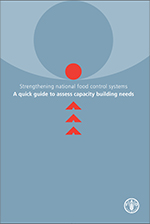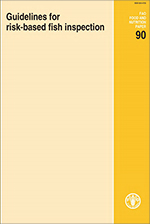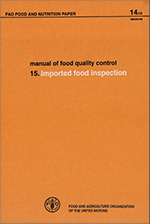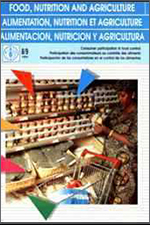Food inspection
Consumers are entitled by right to safe and wholesome food and governments must ensure that this right is preserved by enacting regulations and verifying compliance with these regulations through enforcement actions. Food inspection is at the heart of the enforcement system. The approach for food inspection has shifted from being mostly reactive, based on end-product inspection, to being preventive and risk-based, taking into account the entire food chain to better manage modern and often highly complex supply chains. Risk based inspection planning also has the benefit of helping authorities to allocate their (often scarce) resources where the greater risks are located in the food chain, therefore maximizing the benefits of their actions.
Key features and benefits of risk-based food inspection
- Focuses on points of the food chain or processes that pose highest risk;
- Minimizes costs to food operators by reducing unnecessary inspection and testing costs;
- Promotes preventive rather than reactive approach to food control; and
- Optimizes the efficiency of food control and use of inspection resources.
FAO’s work on food inspection
FAO delivers a range of activities to support member countries introduce, implement and strengthen risk-based food inspection systems and related food safety and quality management systems. The risk-based approach to food inspection may require significant changes in terms of food inspection policy, legislation, as well as changes to inspector training programmes; and new education and information programmes targeting the private sector.
Technical assistance includes the provision of broad policy and technical advice as well as specific in-country development projects tailored to help national authorities develop and improve the:
- use of risk-analysis framework for building monitoring and inspection programmes;
- management and harmonization of inspection programmes and services;
- technical skills required for risk-based inspection, including cross-agency inspection policy, planning capacity and operational frameworks; and
- specific sampling issues (e.g. impact of different options for sampling plans, sampling techniques in relation to specific contaminants).
See also Codex Committee on Food Import and Export Inspection and Certification Systems (CCFICS) and NFCS Assessment Tool







